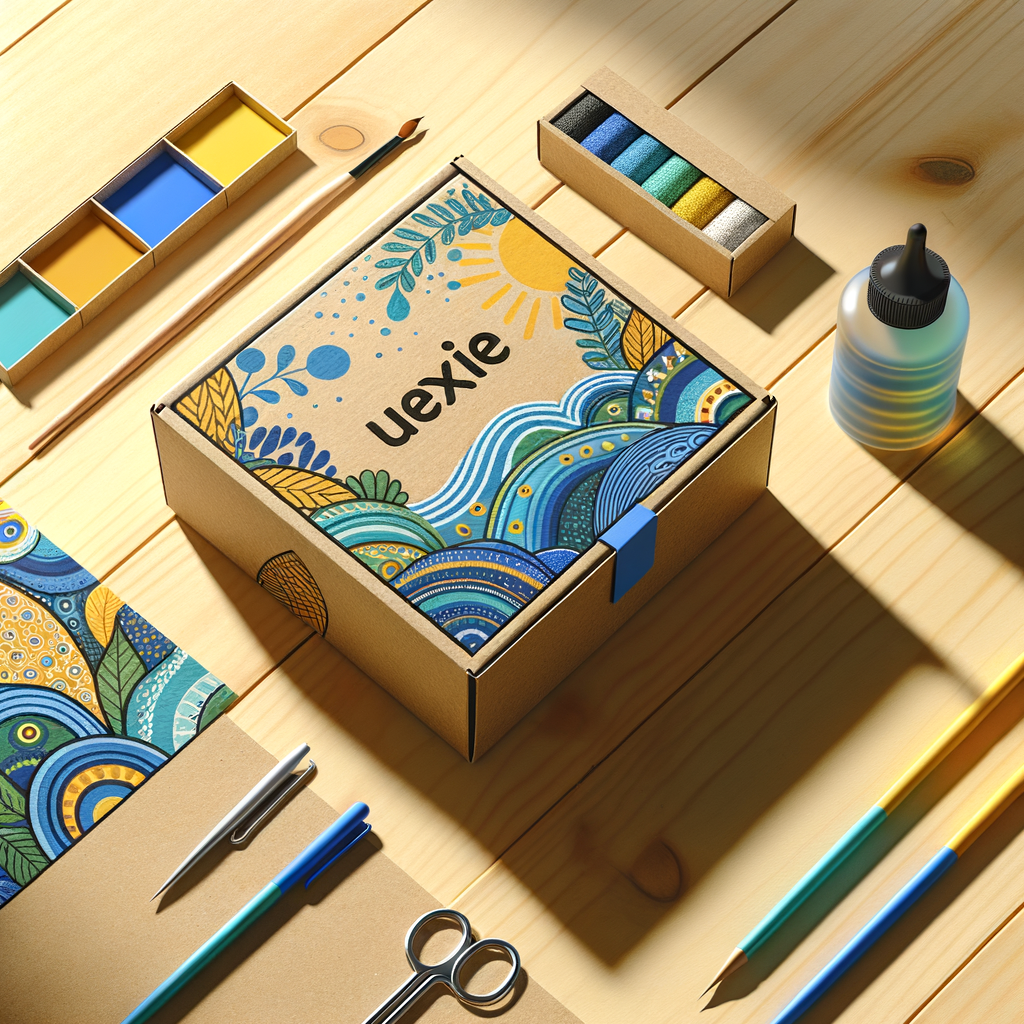In today’s competitive market, where countless products vie for consumer attention, the significance of box packaging design cannot be overstated. It’s not merely about enclosing a product; it’s about creating a compelling visual narrative that speaks to consumers on a subconscious level. Understanding consumer psychology is paramount in crafting box packaging that resonates with the target audience.
Understanding Consumer Psychology
Consumer behavior is influenced by a myriad of factors, many of which are deeply rooted in psychology. From color preferences to emotional triggers, every element of box packaging design plays a crucial role in shaping purchasing decisions. By tapping into these psychological nuances, brands can effectively influence consumer perceptions and behaviors.
Visual Elements in Box Packaging Design
Visual elements such as color, typography, and imagery play a pivotal role in box packaging design. Colors evoke specific emotions and associations, while typography conveys brand personality and messaging. Imagery and symbolism can further enhance the visual appeal of packaging, communicating the product’s features and benefits at a glance.
Functional Aspects of Box Packaging
Beyond aesthetics, box packaging must also prioritize functionality and usability. Consumers appreciate packaging that is convenient to use and environmentally friendly. Sustainable packaging solutions not only appeal to eco-conscious consumers but also reflect positively on the brand’s corporate values.
Emotional Appeal in Packaging
Effective box packaging design goes beyond functionality; it forges emotional connections with consumers. By leveraging storytelling techniques and evocative imagery, brands can create packaging that resonates on a deeper level, fostering brand loyalty and affinity.
Stand Out on the Shelf: Differentiation
In a crowded marketplace, standing out is essential. Unique selling propositions (USPs) and innovative packaging ideas can set brands apart from competitors, capturing consumer attention and driving purchase intent.
The Role of Box Packaging in Brand Identity
Box packaging serves as a tangible representation of a brand’s identity and values. It should reflect the brand’s personality and resonate with its target audience, fostering recognition and loyalty among consumers.
Consumer Engagement and Interaction
Interactive packaging designs offer a unique opportunity for consumer engagement. From augmented reality experiences to interactive elements, brands can create memorable interactions that leave a lasting impression on consumers.
Market Trends and Innovations
The landscape of box packaging design is constantly evolving, driven by changing consumer preferences and technological advancements. Keeping abreast of emerging trends and innovations is crucial for brands seeking to stay ahead of the curve and maintain relevance in the market.
Conclusion
Effective box packaging design is not just about aesthetics; it’s about understanding and leveraging the intricacies of consumer psychology. By creating packaging that resonates emotionally, stands out on the shelf, and reflects brand identity, companies can capture consumer attention and drive purchasing decisions. In an ever-changing market, investing in compelling box packaging design is essential for building brand loyalty and staying competitive.

